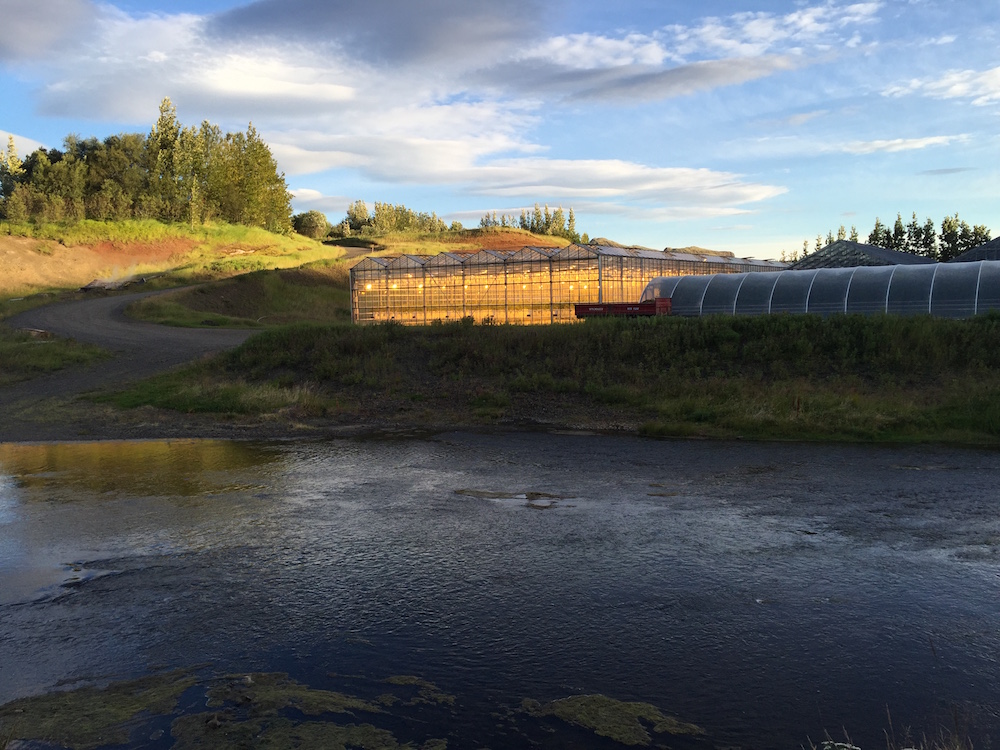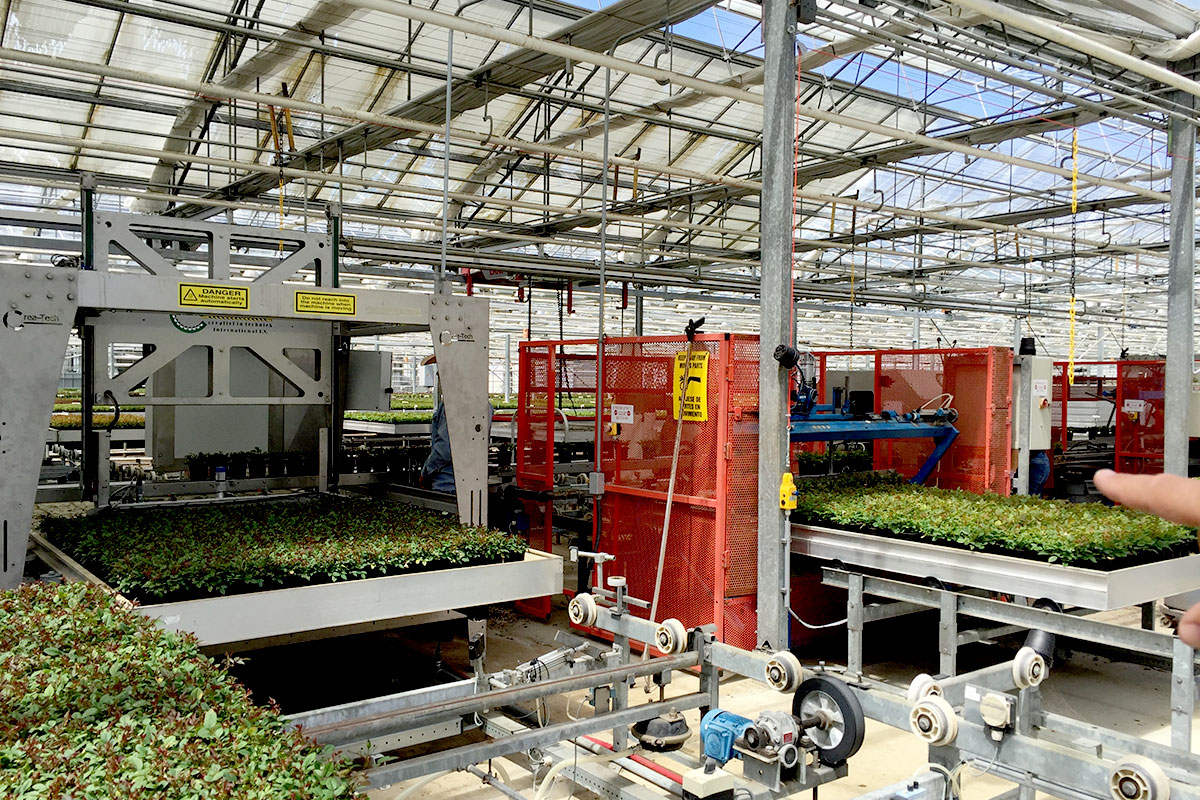This fall, I spent time looking at the indoor farming industry, and I wrote several pieces on it for Orange Silicon Valley, available here and here. I’m incredibly bullish on the important role that is has to play in our food system. In short, it’s far more efficient and produces better, more nutrient dense food.
Traditionally, to grow food, you need to find the arable land in the right climate. Each food crop has a limited number of places in the world where it can be grown. For US consumers, that means strawberries, for example, are grown in California, Mexico, and Chile. As such, your typical strawberry travels, on average, 3,000 miles to you. This goes for most food crops: oranges, kale, cauliflower, almonds, olives, grapes, apples, the list goes on.
What if you can make these crops location independent?
That’s what indoor farming does.
Growing produce indoors uses 90% less water, year round growing and harvesting, uses no pesticides, and can be grown in stacked layers that use a smaller footprint on the land: 1 acre of indoor farming for leafy greens can produce in 1 year what 1,000 acres of farmland produces outside. Less waste. Healthier food.
Another advantage of growing indoors is that genetic traits that have been bred into plants for outdoor conditions: drought tolerance, pest resistance, etc. can be lost in favor of traits that improve taste, color, size, or nutrient density. Healthier food, but also tastier food.

via Micki Seibel
Think it can’t be done?
It’s already being done. Today. The last three years have seen significant advances in the energy efficiency of LED lighting, artificial intelligence and automation, and dropping technology costs that are revolutionizing the indoor growing industry. More indoor farms have been started in the last 3 years than in the previous 15! This new indoor farming is more akin to an automated manufacturing line than farming, and it brings with it enormous efficiencies that will enable us to healthfully feed an increasing population with less land, less water, less pesticides, less distance to travel to market, and less impact on the environment. Local food growing soon (possibly now) near you.











